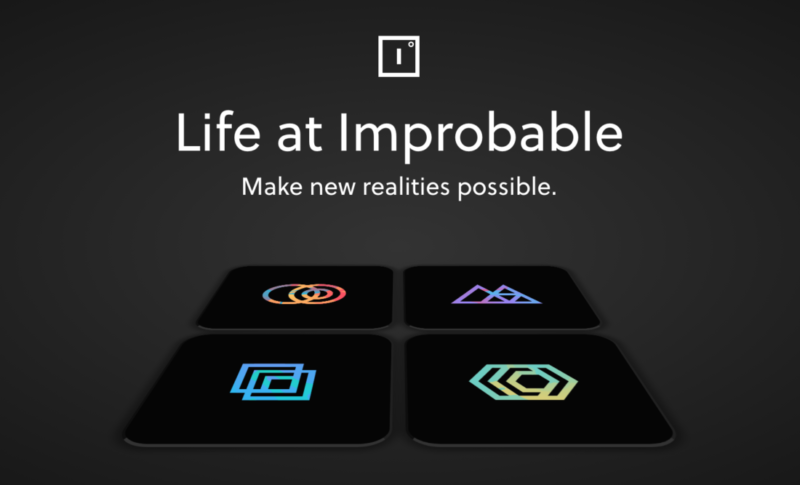One of the first things I learnt on this PhD programme, was understanding that I was in a partnership – not only with my supervisors and the university, but also with my Sponsor. In the first year of our programme, we all undertook an internship module with the objective to work alongside our sponsors on a small project. And so, for two weeks I had the opportunity to work with Improbable, out of their London office.
Before I continue, I should properly introduce Improbable to those who may not know who or what they are. Improbable is a British Multinational technology company that was founded in 2012. They created SpatialOS, a platform at which you can perform large-scale simulations and create virtual worlds and environments, for uses not limited to, video games and corporate simulations. They have a history of partnerships with Google, Softbank and Epic Games.
And so, learning all this about them and what they do, I knew I had to maximise my experience with them by gaining as much knowledge and skill from them as possible.
Whilst with them in London, I got to learn the projects in development, their areas of interest and how I fit into the grand scheme. Another became conscious of was, when having discussions about research, regardless of who with, transparency and respect are integral to the betterment of that relationship – and so in the context of my relationship with Improbable, I was glad to have a clear, open and professional channel of communication with them throughout the internship and afterwards.
A few months later, following a successful two weeks with Improbable, they sent Katie who official job title is Applied Scientist, to work with us out of LIDA for two weeks. At the start of her two weeks here, we introduced her the other PhD students and to some of the research going on within our CDT. Then, over the following days she worked closely on a project with my supervisors, which she was kind enough to summarise as the following:
“I was investigating dynamic fidelity – which can be described as the ability to switch between an ABM and a higher-level, less computationally expensive model – in simulations of civilian movement around a city. The high-level model would be learnt from simulating using the ABM for an initial period before switching to the high-level model. The simulation would continue to run using the high-level model until there was some material change in the environment, causing civilian patterns of movement to significantly change in some way and resulting in a switch back to the ABM.”
There are quite a few PhD students, including myself, that are using ABMs i.e. Agent-based modelling methodology within our projects, so what was helpful about Katie’s work was the broadening of my understanding of ABMs as a tool.
On reflection of my first year on this programme, some of my most interesting experiences have occurred whilst collaborating with my sponsor. Though working in partnerships and in teams can be challenging at times, from brainstorming ideas and intense debates, the knowledge and the friendships gained are invaluable. Over the next academic year, Improbable are happy to give me another opportunity to intern with them again, but this time for much longer than two weeks. I am truly excited to see what we get up to next.
This article was written by Deborah Olukan, one of our second year students based in Leeds. You can view her full profile here.
